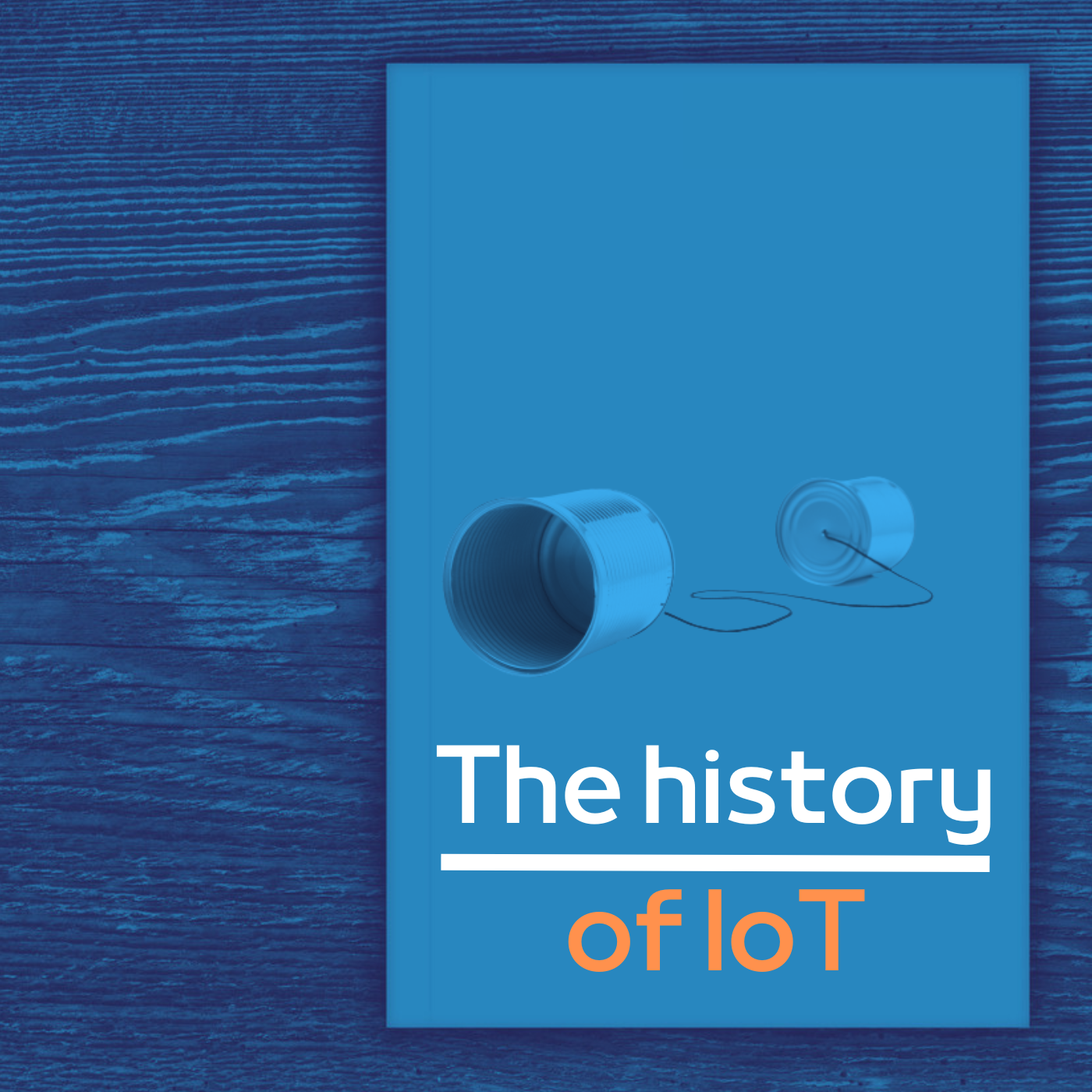Let us continue the series of IoT-back-to-basics blog posts. Here is part two: (if you missed part 1 you can find it here)
The Emergence of IoT and the Evolution from M2M
While the Internet of Things concept has existed for a while, recent advancements have made IoT practically possible. Previously known as Machine-to-Machine (M2M) communication, the evolution from M2M to IoT signifies significant changes and milestones in the history of IoT.
The First IoT Device: A Vending Machine Connected to ARPANET
In 1982, a student named David Nichols connected a Coca-Cola vending machine to ARPANET, an early predecessor of the modern internet. This groundbreaking connection marked the birth of one of the earliest IoT devices, addressing the inconvenience of accessing vending machines and laying the foundation for IoT innovation.
The Coined Term: The History Behind “Internet of Things”
British technologist Kevin Ashton introduced the term “Internet of Things” in 1999. However, the technology initially faced challenges as the vision outpaced the available resources. The integration of processors, wireless communication, and the associated costs and energy requirements posed obstacles to widespread IoT implementation.
Technological Advancements: Breaking Barriers to IoT Adoption
Over time, as technology continued to evolve, the barriers to IoT adoption started to diminish. The miniaturization of processors, the development of low-power communication protocols, and the availability of affordable wireless connectivity played pivotal roles in transforming IoT from a visionary concept into a practical reality.
Sensor Technology: Enabling Data Collection and Analysis
One milestone in the history of IoT was the emergence of sensor technology. Smaller, more efficient sensors enabled collecting and measuring various parameters such as temperature, humidity, light, motion, and more. This data collection became the driving force behind the development of diverse IoT applications and services.
Exponential Growth and Diverse Applications of IoT
IoT has witnessed exponential growth in recent years and has found applications in various industries and domains. Smart homes, connected cars, industrial automation, agriculture, healthcare, and smart cities are just a few areas where IoT has made significant advancements. The ability to gather data, analyze it in real time, and make intelligent decisions has transformed numerous sectors, making them more efficient, sustainable, and interconnected.
In conclusion, the history of IoT showcases the evolution of technology and the persistent pursuit of a connected world. IoT has come a long way from the early experiments with vending machines to the current widespread adoption. As we continue to innovate and overcome challenges, the Internet of Things will undoubtedly play a pivotal role in shaping our future, enabling a more interconnected and intelligent world.

